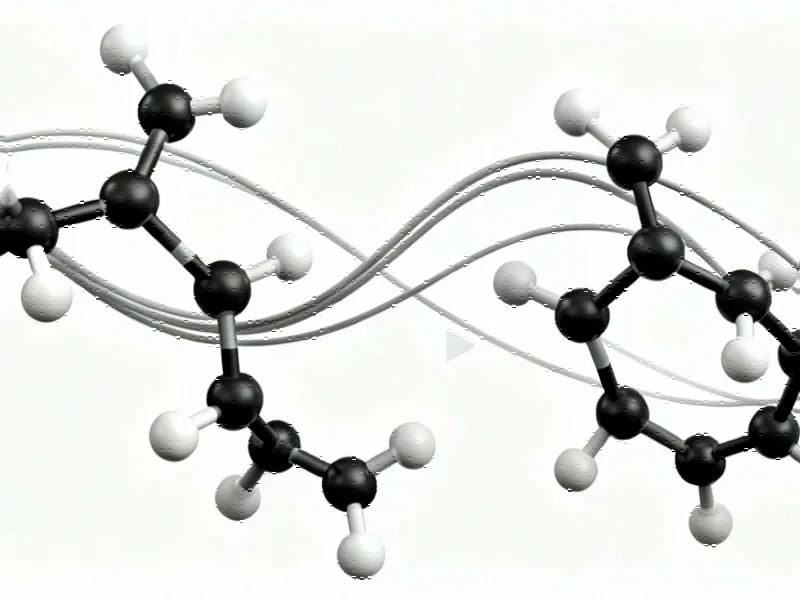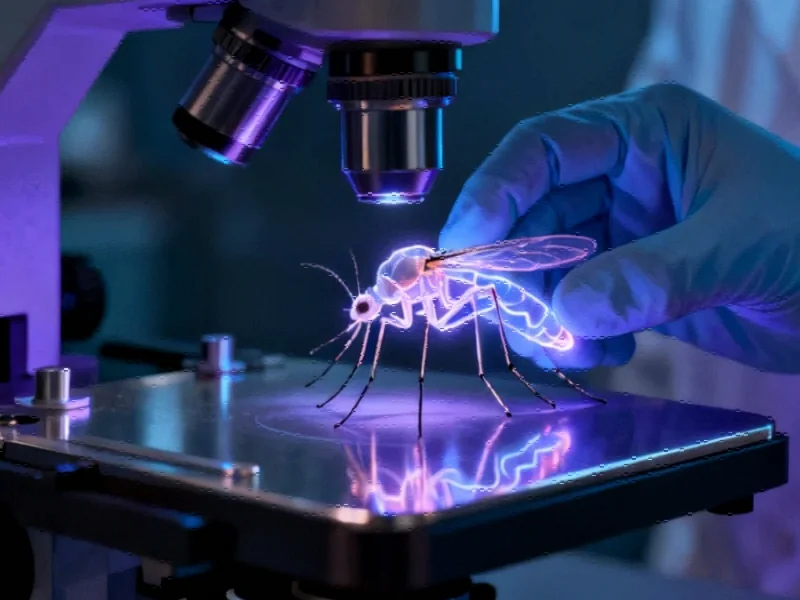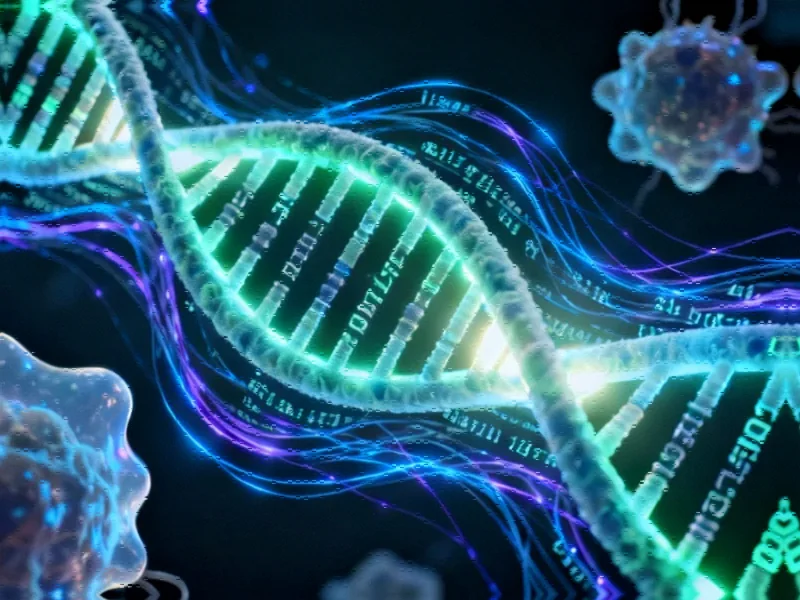Breaking Through Traditional Limitations in Carbonyl Chemistry
Researchers have developed a groundbreaking palladium-catalyzed approach that enables modular esterification of unstrained carbonyl compounds through innovative alkyne bridging C-C bond activation. This methodology represents a significant advancement in synthetic chemistry, offering unprecedented access to structurally complex molecules from readily available feedstock chemicals. Unlike conventional methods that struggle with multi-atom insertions into unstrained carbonyls, this strategy provides a versatile platform for creating diverse, value-added products with potential applications across pharmaceuticals, materials science, and industrial chemistry.
The technique builds upon previous work in C-H bond activation but introduces a novel alkyne-bridging mechanism that overcomes longstanding challenges in selective C-C bond cleavage. By utilizing palladium catalysis with carefully selected ligands, the method achieves what traditional approaches like Baeyer-Villiger oxidation cannot: efficient cleavage of unstrained C(acyl)-C σ-bonds in esters and amides, while introducing modular building blocks at the original bond site.
Mechanistic Innovation and Reaction Design
At the heart of this breakthrough is a sophisticated reaction design that addresses three critical challenges simultaneously. The process begins with condensation of readily available ketones to form α,β-unsaturated carbonyl intermediates, which then undergo palladium-catalyzed reaction with unsymmetrical internal alkynes. The ortho-phenol moiety in the alkyne component serves multiple functions, directing regioselective alkyne insertion, facilitating subsequent C-C bond cleavage, and participating in ester bond formation.
What makes this approach particularly innovative is its ability to control 6-endo-trig cyclization over the typically favored 5-exo-trig pathway, while enabling selective cleavage of unstrained C(acyl)-C bonds despite their high dissociation energy. The restoration of aromaticity provides the thermodynamic driving force for β-carbon elimination, making the challenging C-C cleavage feasible under mild conditions. This represents a significant departure from traditional methods that require reactive intermediates like arynes or strained alkenes as coupling partners.
Broad Substrate Scope and Industrial Applications
The methodology demonstrates remarkable versatility across a wide range of substrates. Linear ketones, esters, and amides all prove viable under optimized reaction conditions, with the system accommodating diverse electronic and steric properties. Even sterically demanding substrates and those bearing functional groups like chloro, labile THP-ether, silyl ether, and cyclopropyl groups react efficiently, furnishing desired products in high yields.
Particularly impressive is the method’s extension to cyclic systems, enabling modular synthesis of medium-to-macrocyclic lactones through simple variation of ketone ring size. From cyclopentanone to cyclopentadecanone derivatives, the approach provides straightforward access to diverse ring systems that have traditionally been challenging to synthesize. This capability aligns with broader industry developments in molecular design and manufacturing efficiency.
Stereoinduction and Pharmaceutical Relevance
Beyond its synthetic versatility, the method offers exciting possibilities for controlling axial chirality using commercially available chiral ketones. The reaction successfully generates multi-substituted biaryl scaffolds as single diastereomers when using chiral substrates like (D)-camphor, epiandrosterone, and estrone derivatives. Single-crystal X-ray analysis confirms both structure and absolute configuration, highlighting the method’s precision in stereochemical control.
The pharmaceutical relevance is further demonstrated by successful reactions with drug motifs, including an α,β-unsaturated ester bearing an Isoxepac (anti-inflammatory agent) structure, yielding pharmaceutically relevant products in good yields. This achievement reflects ongoing related innovations in medicinal chemistry and drug development.
Industrial Implications and Future Directions
The feedstock abundance of all starting materials makes this alkyne-bridging C-C activation particularly attractive for industrial applications. The method’s ability to rapidly generate molecular diversity from readily available chemicals positions it as a valuable tool for drug discovery, materials development, and fine chemical manufacturing. The one-pot procedures developed for certain transformations further enhance its practical utility.
This chemical breakthrough complements other recent technology advances across industrial sectors. As with any innovative methodology, ensuring reliability and reproducibility will be crucial for widespread adoption, much like the guardrailing approaches being implemented in adjacent fields.
Broader Context and Integration Potential
The development of this palladium-catalyzed method occurs alongside significant advancements in computational chemistry and process optimization. The careful ligand selection and condition optimization that made this breakthrough possible reflect the sophisticated approach to chemical innovation required in modern research and development.
As industrial processes become increasingly interconnected, methodologies like this C-C activation strategy must be considered within the broader ecosystem of chemical manufacturing. The recent emphasis on system reliability across technological domains underscores the importance of robust, scalable synthetic methods. Similarly, the gaming industry’s stress testing approaches offer interesting parallels for evaluating chemical process robustness.
The strategic implementation of this methodology reflects careful planning and systematic development, reminiscent of the strategic approaches being adopted across industrial sectors. As chemical synthesis continues to evolve, such integrated thinking will be essential for driving the next wave of industrial innovation and addressing complex manufacturing challenges.
Looking Forward: The palladium-catalyzed alkyne bridging C-C bond activation represents more than just another synthetic method—it demonstrates how fundamental mechanistic insights can lead to practical solutions for longstanding challenges in molecular construction. As researchers continue to explore its applications and limitations, this approach will likely inspire new methodological developments across organic synthesis and contribute to the ongoing evolution of sustainable chemical manufacturing processes.
This article aggregates information from publicly available sources. All trademarks and copyrights belong to their respective owners.
Note: Featured image is for illustrative purposes only and does not represent any specific product, service, or entity mentioned in this article.



